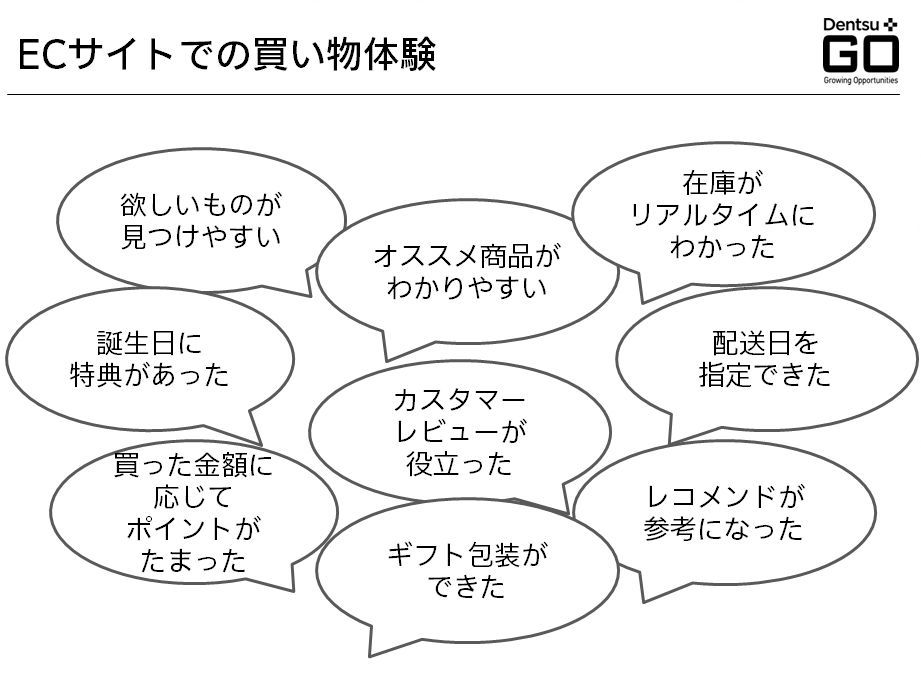In e-commerce (EC), differentiating from competitors and succeeding requires creating unique experiential value at every customer touchpoint, not just through products. This demands deep customer insight. The first part explained customer experiential value and demonstrated the effectiveness of mapping and approaching the customer journey.
View customer touchpoints as a flow, not isolated points
The fundamental elements to consider when operating an EC site are "customer acquisition," "customer service," and "re-acquisition." Execute strategies at each of these steps, evaluate results numerically, improve, and increase efficiency. The core principle is to maximize the lifetime value for each customer.
Beyond these fundamentals, the e-commerce landscape has undergone significant changes in recent years. Considerations now span diverse devices used for purchases, the growing need to unify online and offline customers, content development for e-commerce sites, and the creation of in-store customer engagement tools. Crucially, businesses must assess whether all these elements are truly necessary for their specific context. It is necessary to consider what kind of purchasing behavior your customers exhibit and what kind of experience you need to provide to get them to buy. To do this, it is important to view interactions with customers not as isolated points, but as a continuous flow. This means understanding the customer journey leading to your e-commerce site or physical store as a flow and designing the experiential value of the services, content, community, etc., you provide in a consistent manner.
Creating experiential value means "enhancing customer satisfaction," "reducing customer sacrifice," and "delivering customer surprise." In physical stores, examples include: the atmosphere being so pleasant you end up staying longer than intended; clear signage in-store and around town making it easy to find products; or staff remembering your preferences and making tailored recommendations. Translated to e-commerce, this could mean: easily finding desired items; clear presentation of recommended products; real-time visibility of inventory across stores and the online platform.
To create such experiential value on an e-commerce site, it's necessary to develop strategies within a larger framework.
Creating a customer journey map is an effective method for this. It maps out what value to provide to customers and at what points within the sequence of purchasing actions. Based on this, experiences are designed to create new value. The wonderful customer experiences we feel in our daily lives are carefully designed using such methods.
Part 2 is scheduled for publication on September 18.


